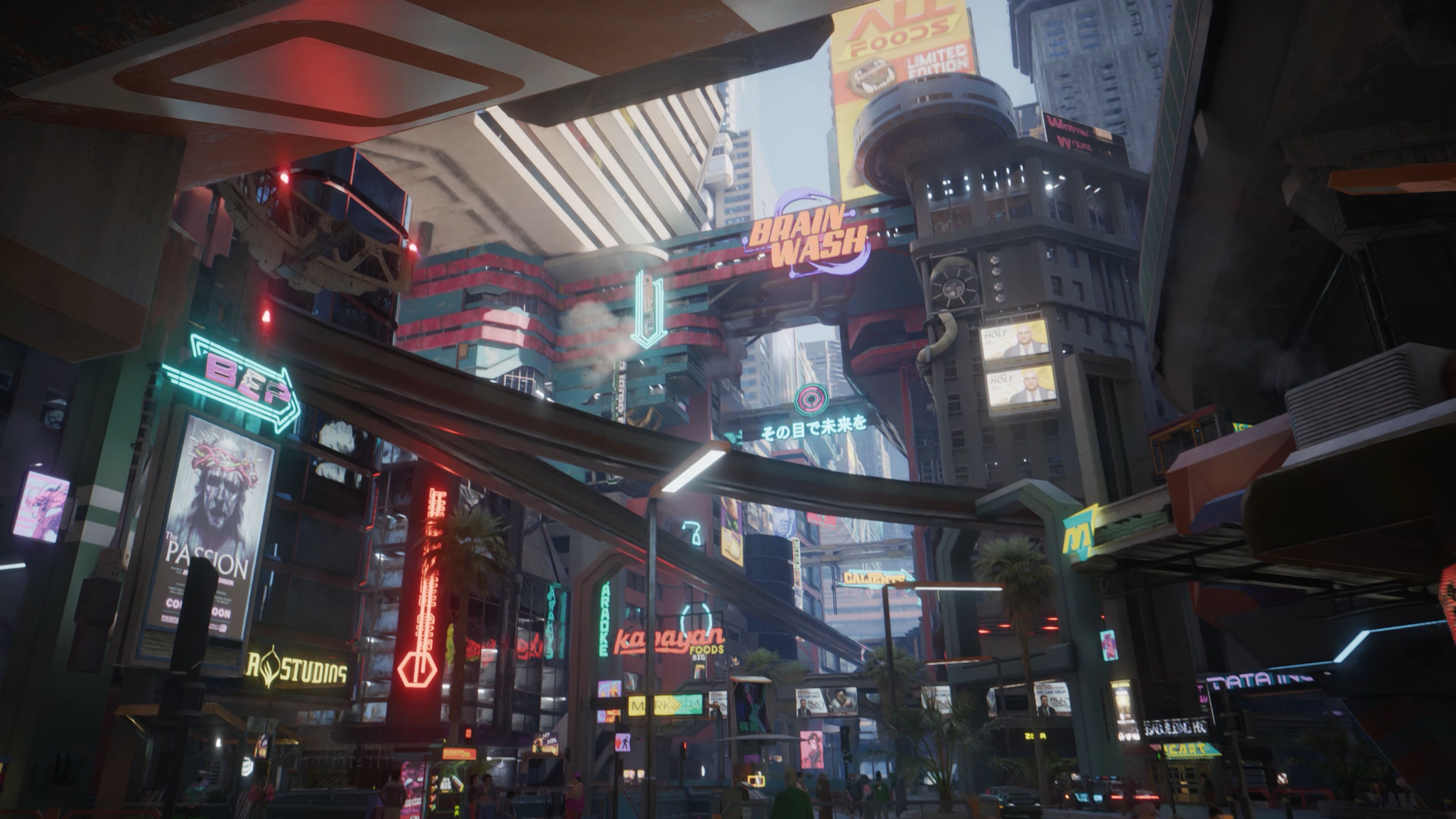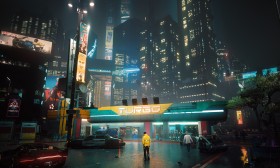Sonic Mania Score: Classic Sonic Return
For decades, the legacy of Sonic the Hedgehog has been a turbulent one. A cultural icon of the 1990s, his transition into the third dimension and beyond was fraught with missteps, identity crises, and games that often failed to capture the magic of his 16-bit origins. Fans yearned for a return to form, a game that understood not just the speed, but the precise physics, the intricate level design, and the sheer joy of the Sega Genesis classics. That yearning was answered not with a forward-looking, hyper-realistic 3D adventure, but with a triumphant look backward. Sonic Mania, released in 2017, wasn't just a new game; it was a resurrection. Its score—a critical, commercial, and artistic success—represents the definitive return of Classic Sonic, a victory lap executed with such reverence and ingenuity that it arguably surpassed the very titles it sought to honor.
The development of Sonic Mania was itself a signal of intent. Instead of being handled by a large internal team at Sega, the project was entrusted to a group of renowned fan-game developers and modders, including Christian Whitehead, Headcannon, and PagodaWest Games. These were individuals who had spent years deconstructing the original games’ code, physics, and design principles. They weren't just making a tribute; they were healing a rift in the franchise's timeline. This "by the fans, for the fans" approach ensured that the core ethos of Classic Sonic—momentum-based platforming, branching pathways, and a perfect marriage of speed and precision—would be the absolute priority. The game was built on Whitehead's proprietary Retro Engine, which perfectly emulated the look and feel of the Sega Genesis while allowing for new, more complex graphical effects.
Where Sonic Mania truly shines and secures its legacy is in its masterful game design. The game features a mix of brilliantly reimagined stages from Sonic the Hedgehog, Sonic 2, Sonic 3 & Knuckles—dubbed "Zones"—and a equal number of stunningly original creations. This structure is key to its success. Returning to Green Hill Zone or Chemical Plant Zone provides an immediate hit of nostalgia, but the experience is instantly novel. Pathways are altered, new gimmicks are introduced, and the level layouts are expanded in surprising ways. It feels familiar yet unexplored, a difficult balance to achieve.
The new Zones, however, are where the developers' creativity runs wild. Stages like Studiopolis Zone, a television studio bustling with neon lights and cartoonish hazards, and Press Garden Zone, a beautiful Japanese-inspired printworks with icy exterior sections, are instant classics. They don't feel like imitations; they feel like lost chapters from the franchise's golden age, boasting a level of detail and mechanical complexity that pushes the 16-bit style to its logical extreme. The level design philosophy remains faithful: encourage speed through skillful play, reward exploration with multiple routes (including a dedicated upper path for skilled players), and populate the world with inventive badniks and interactive elements that are a joy to engage with.
This design extends to the game's mechanics. The controls are impeccable. Sonic, Tails, and Knuckles handle exactly as veterans remember, their movement governed by a physics engine that perfectly replicates the weight, curl, and acceleration of the originals. The addition of the Drop Dash for Sonic, a move that allows him to rev into a spin dash immediately upon landing from a jump, is a revelation. It’s a simple addition that feels so natural and so integral to maintaining flow that it seems impossible the classic games ever existed without it. It is the ultimate example of how Sonic Mania respects the past while thoughtfully innovating upon it.
Beyond the gameplay, the presentation is a love letter to the Sega Genesis. The pixel art is arguably the best the franchise has ever seen. The characters are bursting with fluid, expressive animation, and the environments are dense with parallax scrolling, vibrant colors, and clever visual gags. The soundtrack, composed by Tee Lopes, is nothing short of legendary. Lopes took original stage themes and rearranged them with a modern sensibility, infusing them with incredible energy and complexity while ensuring they remained instantly recognizable. His original compositions for the new Zones are equally masterful, with tracks like "Studiopolis Zone Act 1" and "Metal Madness" standing among the very best in the entire Sonic canon. The audio-visual package works in perfect harmony with the gameplay to create an immersive and endlessly energetic experience.
The critical and commercial response was overwhelmingly positive. Sonic Mania was hailed as the best Sonic game in over two decades, with reviewers and fans praising its faithful gameplay, inventive level design, and stunning presentation. It sold millions of copies, proving that there was a massive, hungry audience for a properly executed 2D Sonic experience. More importantly, it restored faith in the brand. It demonstrated that the core appeal of Sonic wasn't in cinematic stories or awkward gimmicks, but in solid, exhilarating, and well-crafted platforming.

In conclusion, the score of Sonic Mania is a resounding success on every conceivable level. It is the ultimate validation of Classic Sonic's enduring design principles. By entrusting the blue blur to those who loved him most, Sega facilitated a project that was both a perfect nostalgia trip and a meaningful evolution. It didn't just mimic the classics; it absorbed their DNA and created something that felt both timeless and new. Sonic Mania stands not as a mere reminder of past glories, but as a peer to them—a crown jewel in the franchise that finally, definitively, brought the real Sonic home.
















